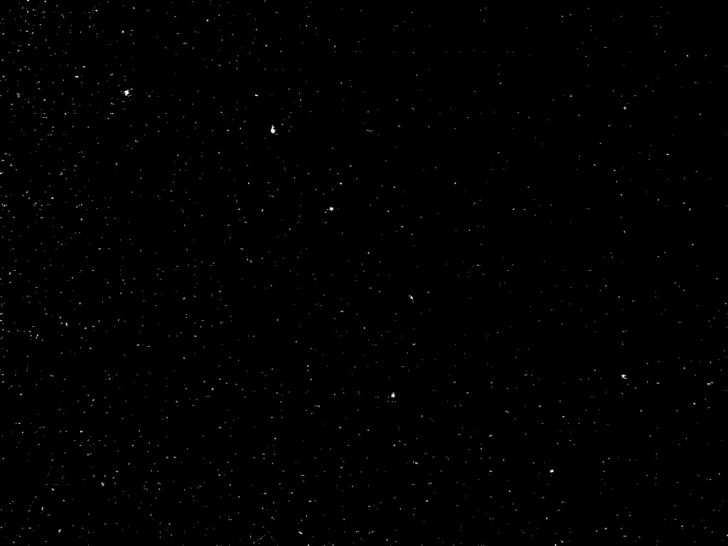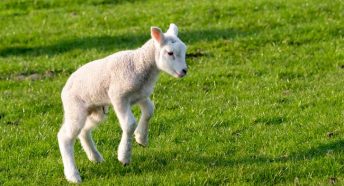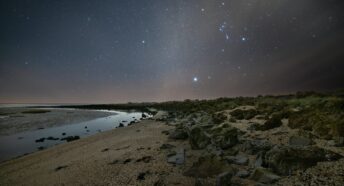Looking up for late spring stargazing
Look out for a lion, a dragon, a bear and more in the late May night sky!
Towards the end of May the sun doesn’t set until after 9pm so you’ll need to start your stargazing later in the evening. Remember to give your eyes time to adjust to the dark so you can focus on distant stars and constellations.

Here are six constellations to spot!
Leo, the lion
In the south west, Leo the Lion prowls across the night sky. This constellation, which includes a bright star called Regulus, represents the Nemean lion slain by Heracles or his Roman equivalent, Hercules, depending on which story you prefer! This was the first of the twelve labours of Heracles.
Corona Borealis, the northern crown
Corona may have become a horribly familiar word now, but it originally meant the gas cloud or atmosphere around a star, or, as is the case with this constellation, a crown in Latin. Corona Borealis or ‘the Northern Crown’ is shaped just like a piece of regal headwear. It represents the crown worn by Princess Ariadne of Crete, daughter of Minos, the King linked with the Minotaur legend. You’ll find the northern crown well up in the south east. Only two of its stars are bright enough to see well with the naked eye.
The Plough and Ursa Major, the Great Bear
The Plough (or the Big Dipper as it’s called in Canada and the USA) is one of the easiest star patterns to find in the night sky. It’s known as an ‘asterism’ which means it’s a clear shape but smaller than a constellation. In fact it forms part of Ursa Major, the Great Bear, which at the moment is directly overhead. Callisto, a nymph, was transformed into a bear by Hera, the wife of Zeus, after she discovered the pair were having a child together. When Callisto, now in bear form, was in danger of being hunted, Zeus saved her by turning her into a constellation.
Draco, the Dragon
Hera is also linked with the story of the constellation of Draco, the Dragon, above the bright star Vega rising in the east. As a gift to mark her marriage to Zeus, Hera had been given a golden apple tree. She set Draco in place to guard it from thieves. However, Heracles was tasked with stealing apples from the tree as another of his twelve labours. He killed Draco, who was placed among the stars by Hera.
Lyra, the Lyre
This is a small constellation further to the east of Draco and lower in the sky. Vega, one of the brightest stars you’ll see in the sky, is at the western end. The Lyre is said to have been played by legendary musician Orpheus, and the sounds it produced could charm people and monsters alike. The music drowned out the sounds of singing sirens waiting to prey on Jason and his Argonauts and even distracted Hades when Orpheus tried to rescue Eurydice from the underworld.
Boötes, the Herdsman
Boötes, to the west of the Northern Crown, also contains a very bright star, Arcturus. The name Boötes comes from the word for herdsman or ox-driver in Ancient Greek, and his position in the sky makes a lot of sense if you imagine he’s working with the Plough just to his north west. He’s also got a pair of hunting dogs, represented by the smaller constellation Canes Venatici, beside him.
There are some great maps of the night sky on the internet to help you, for example at skymaps.com.
Find out more about CPRE’s campaigning for dark and starry skies.









